What is Design Thinking?
Design thinking is a powerful, problem-solving framework that helps us put people – “users” – at the center of our design solutions. Many define design thinking as people-centered problem solving. In other words, instead of a designer just creating something that he or she believes to be useful, through design thinking we research human needs in very purposeful and meaningful ways so that our solutions more significantly address the needs of the people who will use what has been designed.

What is Project-Based Learning?
Project-Based Learning (PBL) is an inquiry-based learning approach that develops learner agency, content knowledge and skills. when students actively engage in real-world problem solving. PBL can be a successful learning methodology for any age student.
The learning occurs over time within the context of the project which is structured around a complex, real-world question or problem that invites sustained inquiry and critical thinking. The creation of the product or solution that learners will ultimately share with an authentic, real-world audience results in the development of content knowledge, skills, attributes, and a greater sense of learner agency to make a positive impact on the world around them.PBL can be a successful learning methodology for any age student.

What is Competency-Based Education?
Competency-Based Education (CBE) is a student-centered approach to learning grounded in equity for all learners that begins with rigorous, common expectations for learning. Within the competency-based system, learners progress toward mastery of and application of key skills and knowledge, or competencies, in order to transfer knowledge to new contexts. Instruction is designed around progress, not seat-time, so all students must receive the individualized guidance, attention, and time they require along their different pathways towards mastery of each competency. Assessments are designed to be a meaningful and positive experience that often mirror real-world tasks; assessment is a tool for measuring progress, not a way to judge or sort students. Learners develop agency through the process of reflection, feedback, self-assessment, and goal-setting which leads to choices about how and when each student will demonstrate skills.

Maker, Design and Engineering (MDE) is an inquiry-based learning approach that utilizes the process of creating as a way to learn and grow. MDE is grounded in design thinking. Students expand their capacity for empathy, prototyping, and feedback as they make a product for a real user. Through the process of designing, making, building, tinkering, and iterating students develop skills for critical thinking, collaboration, creativity, and a greater sense of agency.

Social-emotional learning is the process of learning and using the skills and mindsets needed to develop healthy minds, bodies, and identities, to identify and manage emotions, to show empathy and establish and maintain healthy relationships, to make responsible decisions, and to set realistic goals and achieve them. Social-emotional learning is built on the core areas of self-awareness and self-management, social awareness and relationship skills, and responsible decision making. These core competencies are necessary for all children and adults to be healthy and successful in school and careers.

What is arts innovation?
We often hear that “art imitates life” – but what exists beyond imitation? When artists create or perform, they have the ability to evoke emotion and transport audiences to another world – but when artists use their creativity to transform systems, design solutions, and unlock new ways to collaborate and build trust, that is when an artist goes from an imitator, to an innovator.
Arts Innovation is the ability to leverage artistic skill across disciplines and sectors to reimagine how form and function can interact and make our world more healthy & whole. Arts Innovation combines the power of design with the mindset of an artist to unlock potential and create the future.

What is a Visible Thinking Routine?
Visible Thinking routines were originally developed by Harvard’s Project Zero. Visible Thinking is a way to scaffold thinking through a set of questions or a defined process. By making thinking visible, we both deepen and reveal our thinking for ourselves and in order to communicate ideas with others.

What is Expeditionary Learning?
Expeditionary Learning gives students the opportunity to learn and explore in an authentic environment. We take children out into the world and bring the world into classrooms to empower them to make a difference in the world, now.

What is Inquiry-Based Learning?
Inquiry-Based Learning encompasses a number of methodologies including Project-Based Learning and Design Thinking. Inquiry-Based Learning engages learners in real-world problems. They discover and learn through asking questions and finding real solutions.
How can we help?
Want more information on our teaching and learning methodologies? Let us know where you are on your journey. Transformation needs a guide. We can help.
